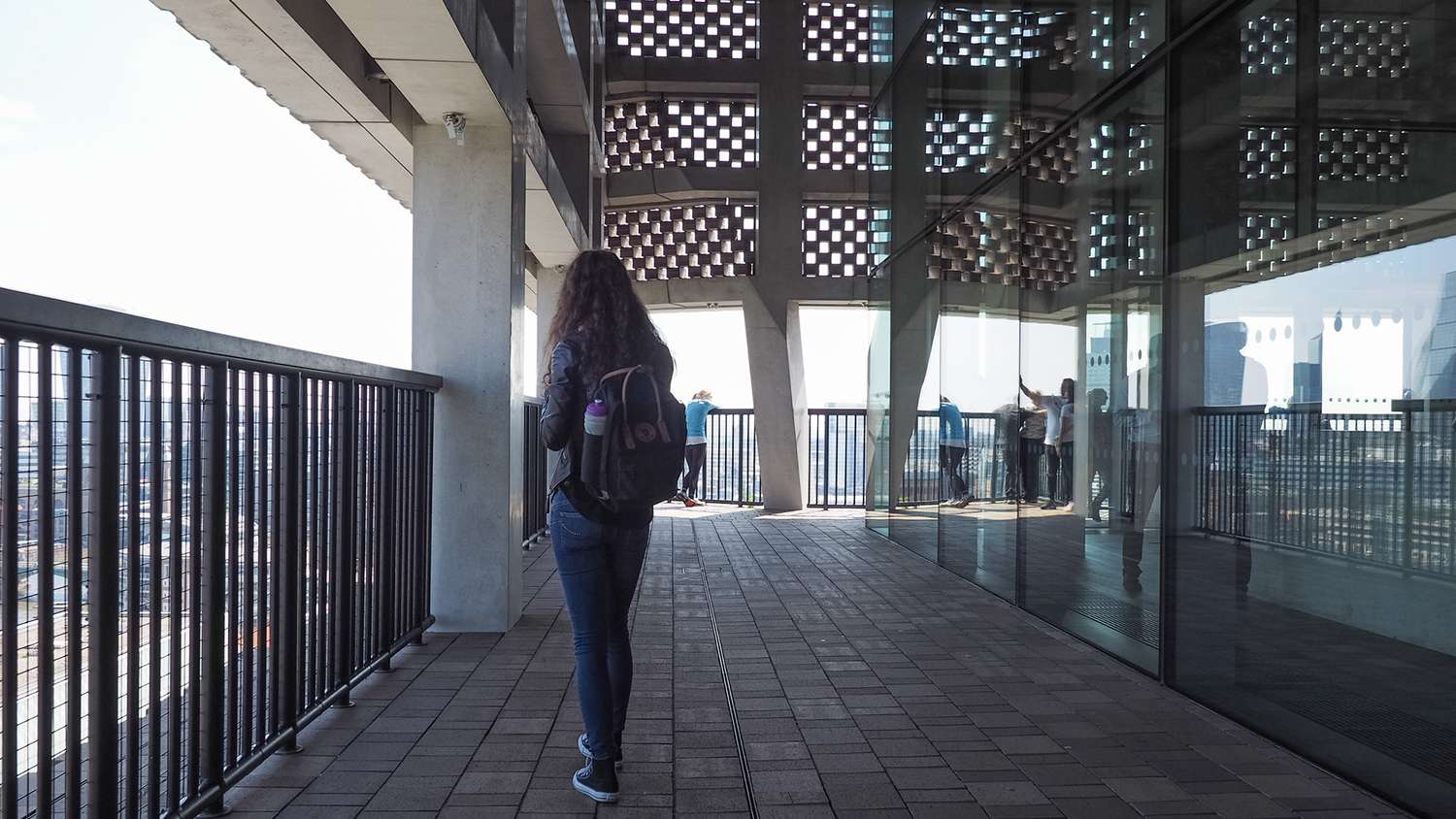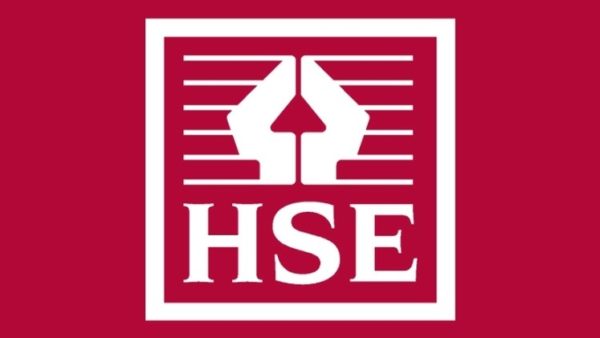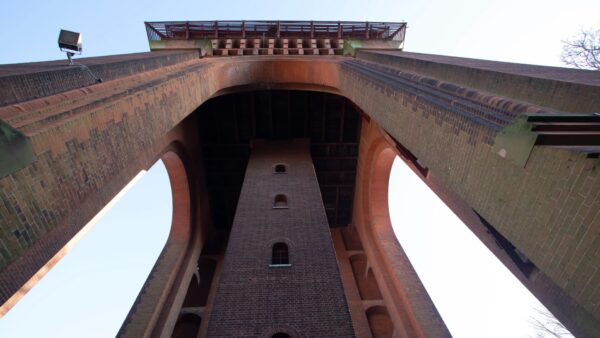
A flood of copycat nuisance cases are likely to follow the Tate Modern privacy ruling and planners and builders should buckle up, a legal expert warns.
Residents in a glass block overlooked by a Tate Modern viewing platform took the gallery to court arguing that it intruded their privacy.
On Wednesday (1 February) the Supreme Court ruled in their favour.
The judge said the context in the Tate case was unusual and would not make nuisance cases easier to win. However, Claire Lamkin, partner in the real estate team at Kingsley Napley, warned this would not stop a flood of copycat cases.
Lamkin urged those involved in construction and planning to ensure they pay close attention to detail to protect themselves from legal action.
She said: “Whilst today’s decision is a victory for the claimant flat owners and is important in terms of clarifying nuisance and privacy under the law, the judges emphasised the rare circumstances in this case. The likelihood of all nuisance cases succeeding in future remains slim.
“However, it will no doubt precipitate a wave of copycat cases where people feel a property development near them is highly intrusive.
“And to that extent builders, architects, developers, town planners and policy makers will need to check their plans carefully from now on to minimise the risk of future similar litigation.”
Intense visual intrusion
Residents of the block were first denied their claim, but on appeal the Supreme Court ruled in their favour. It found that they had been subjected to intense visual intrusion by visitors at the Tate Modern’s viewing platform.
Their claim was dismissed twice previously by the High Court, and also the Court of Appeal.
Each year up to 600,000 people visit the viewing platform, which was open seven days a week when the case first went to court.
A previous judge found that a significant number of visitors took an interest in the inside of the claimant’s flats with some looking, peering, photographing and waving. On occasion binoculars were used. There were also instances of photographs taken from the platform of the flats being posted online.
The case is now going back to the High Court to determine whether the residents are entitled to an injunction to prevent the viewing platform from being used.
Comments
Comments are closed.












So sad, You buy a property in the middle of a city that mimics a goldfish bowl, you expect to be looked at….have these people no heard of that strange concept ‘CURTAINS’!!